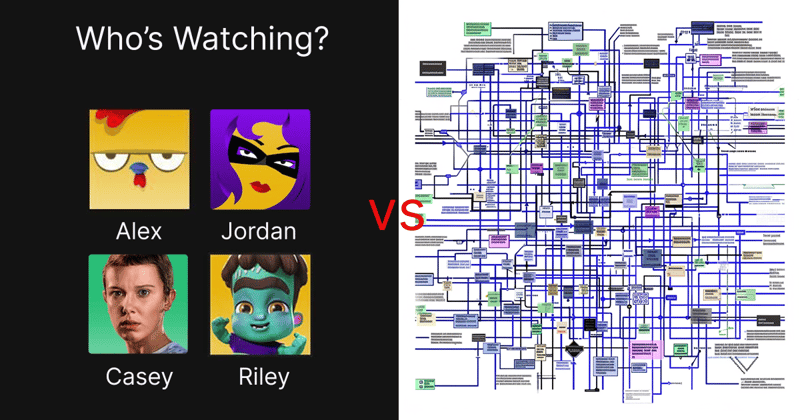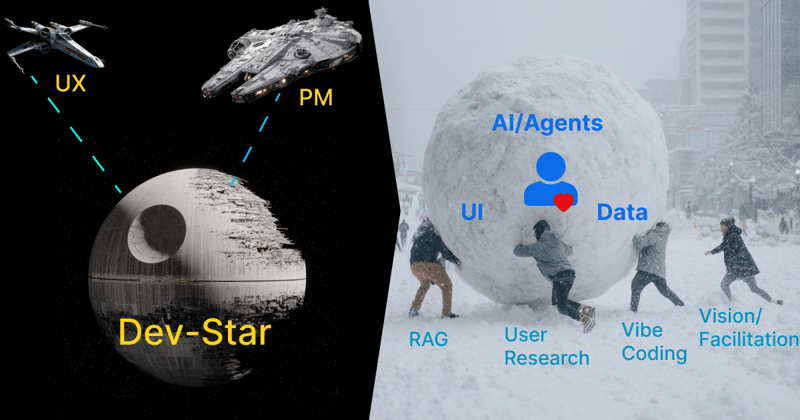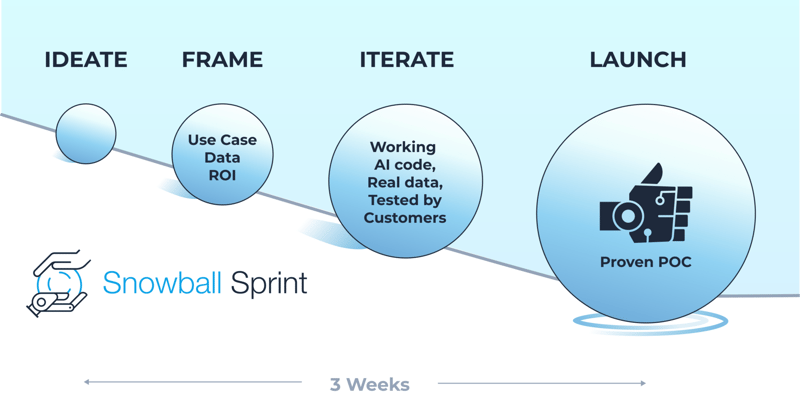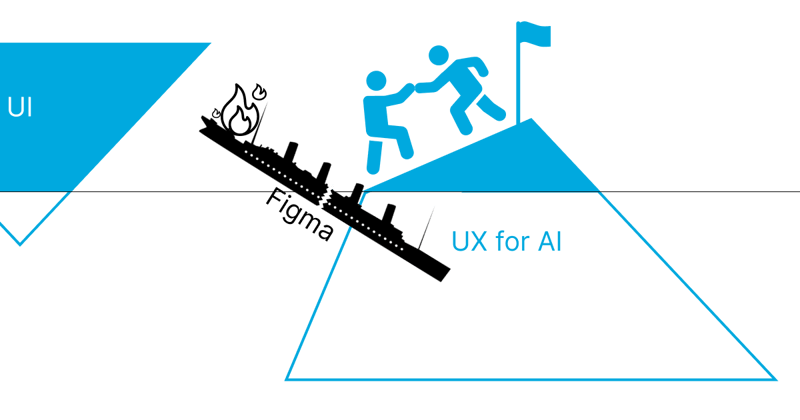- UX for AI
- Archive
- Page 1
Archive


Stop Building Streetlamp Models: The Decision-First Framework for AI Products
Forbes estimates that 85% of AI projects fail to deliver real business outcomes. The common thread in those failures? Teams answered the wrong question. Here's the AI-Question Framework, a tool for driving AI value through picking the right question to help your team avoid the 85% AI death-trap. (By Núria Badia Comas, Guest Author)


When Engineers Say 'It's Beyond Your Understanding,' Here's What They Actually Mean
One engineering leader said this to me on a project 9 months behind schedule. After 34 AI projects, I knew what it actually meant: the problem wasn't the engineers—it was a broken requirements process no one had caught yet.



AI Snowflake: Stop Asking the Wrong AI Question
One of the most common ways projects go sideways is by asking a question that AI cannot answer—or worse, one that doesn’t actually deliver ROI.(AI Snowflakes: short, focused UX for AI insights. Quick provocations designed to spark thinking and sharpen strategy, in under a minute.)


Snowball Killed the Dev-Star: Stop Handing Off, Start Succeeding in the AI-First World
AI-first UX isn’t about pixel-perfect mockups — it’s about whether your product sinks or sails. Traditional 3-in-a-box Figma wireframes are the Titanic: they doom teams to Telephone Pictionary the moment AI behavior springs a leak. This guide shows UX designers how to roll the Snowball instead — a customer-centered, vibe-coded process that delivers working code prototypes from day one, shipping products customers actually want to buy.





